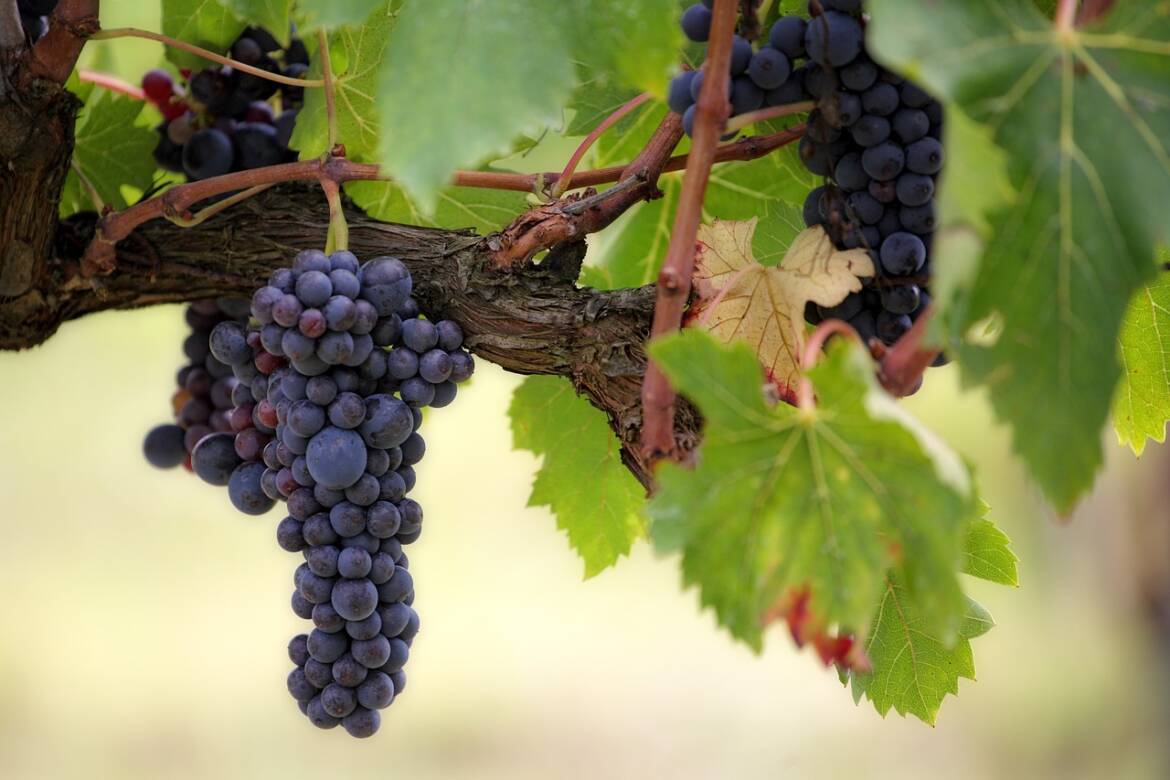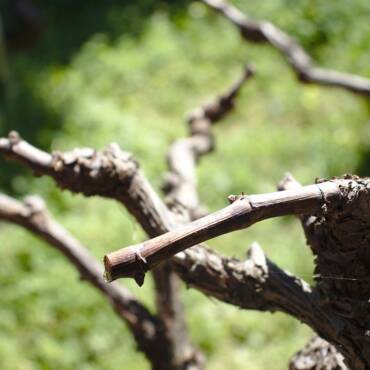Per svariati secoli la produzione e la riproduzione della vite si è concentrata su specifici territori del mondo; l’Italia e la Francia sono stati senza dubbio gli stati che hanno fatto della coltivazione della vite da vino il loro punto di forza, dando vita a grandi piantagioni e grandi vini.
I numeri lo dimostrano: l’Italia e la Francia insieme producono circa 45 milioni di ettolitri l’anno a fronte di 270 milioni di ettolitri totale.
La riproduzione della vite: le tecniche
La pianta della vite da vino ha una storia molto lunga. Nasce circa un milione di anni fa. Con il tempo si sono sperimentate diverse tipologie di riproduzione. Due tuttavia quelle che hanno attecchito:
La riproduzione per talea
Questa tecnica prevede l’utilizzo di un pezzo di tralcio di un anno che presenta almeno 2 gemme. Questo va piantato verticalmente nel terreno dove emetterà le radici dalla parte inferiore e un germoglio che darà la barbatella.
La riproduzione per innesto
Questa seconda tecnica è quella che viene più utilizzata. Si tratta dell’unione di due pezzi di tralcio con almeno una gemma. L’innesto può essere eseguito in due modi:
- A doppio spacco inglese
- Alla Maiorchina
Il ciclo di vita della vite

Foto di Free-Photos da Pixabay
Una volta riprodotta e piantata la vite, questa cresce ma è improduttiva fino ai 2/3 anni. Dagli anni successivi e fino a giungere ai 25 anni si manifesta la fase di massima produttività, la quale dipende da diverse variabili, come la tipologia di vitigno, il clima, etc.
Superata la fase di massima produttività la vite va incontro all’ultima fase: la vecchiaia, la quale può iniziare dai 30-40 anni.
Ricapitoliamo quindi il ciclo di vita in maniera schematica:
- dai 2/3 anni – fase improduttiva: la pianta si prepara alla fase di massima produttività;
- dai 5/25 anni – fase di massima produttività;
- dai 30/40 – fase di vecchiaia: riduzione della produzione.


1 Comment
Add Comment